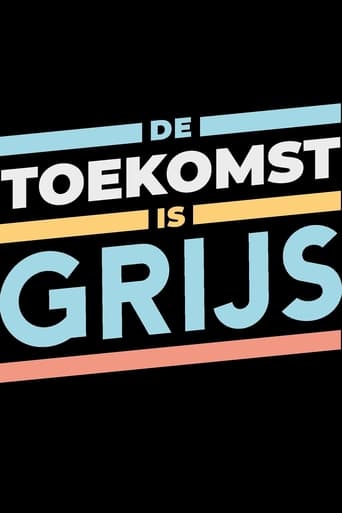De Toekomst is Grijs (2024)
De Toekomst is Grijs
2024
In the cross-media project De Toekomst is Grijs, MAX investigates the effects of a changing population composition. What will our country look like in 2040 if we do nothing now?
Seasons & Episode

We see, among other things, the story of 93-year-old Greet Grafhorst from Linschoten. Greet is virtually blind, but still too good for a nursing home. Without the help of daughter Jolanda, she would no longer be able to survive. The neighbors, who are also elderly, sometimes provide some fun. The days are long for Greet, she is lonely.

We see the consequences of the rapid aging of the population for elderly care. The government believes that elderly people should live at home for as long as possible. And if care is needed, there is home care or family has to step in. Can we maintain the quality of care in a society that is rapidly aging?

What image do we have of the elderly? Young belongs to young and old belongs to old. There is hardly any contact between young and old outside the family. They don't know each other, don't understand each other and don't help each other. Can intergenerational friendships be a solution to an aging population?

More informal care, more neighborhood initiatives and less care as usual. It seems like a bleak prospect, but is it? Or are there also nice sides to living less composed and less at odds with each other? One thing is clear for the years: we have to get along together.

What is needed to prevent the Netherlands from getting stuck due to the growing number of elderly people? How important is a Delta Plan Gray and what should it contain? Speakers include Jan Rotmans (professor of transition science), Esther Cornegé (clinical geriatrician), Toosje Valkenburg (GP), Yasmin Ait Abderrahman (FNV Young & United) and Kimberley Snijders (National Youth Council).
In the cross-media project De Toekomst is Grijs, MAX investigates the effects of a changing population composition. What will our country look like in 2040 if we do nothing now?
Watch Trailer
Free Trial Channels





























